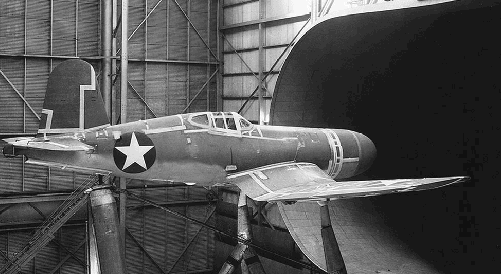SciTech Tuesday: NASA replaces NACA

The Vought F4U Corsair is tested for drag cleanup in NACA’s 30 by 60 foot tunnel at Langley, Virginia. Image courtesy of NASA.
On this day in 1958 the National Aeronautics and Space Administration (NASA) was officially created, replacing the National Advisory Committee for Aeronautics (NACA). NASA continued NACA’s research on aeronautics while expanding to include the nation’s civilian space program. Beginning in 1959 with Project Mercury, NASA’s high profile human space flight efforts included the Gemini missions, Apollo missions and the Space Shuttle program, along with continued work on the International Space Station. Beyond space exploration, NASA is at the forefront of aeronautics research including aerodynamics, wind shear, and aircraft design using wind tunnels, computer simulations and flight testing.
NASA’s roots in aeronautics research are the legacy of NACA. Established by the US Congress in 1915, NACA was the administrator of flight research with a focus on providing practical solutions. The Committee’s notable achievements include cowling, or covering, of engines to improve cooling and reduce drag, improvements in wing design, and the development of wind tunnels to simulate varying altitude. A significant World War II innovation was a de-icing system which recycled hot engine exhaust along the wings installed on the B-17 Flying Fortress and B-24 Liberator. From airfoil design to engine cowling, today’s airplanes all depend on the technology derived from NACA’s research.
Post by Annie Tête, STEM Education Coordinator




Leave a Reply